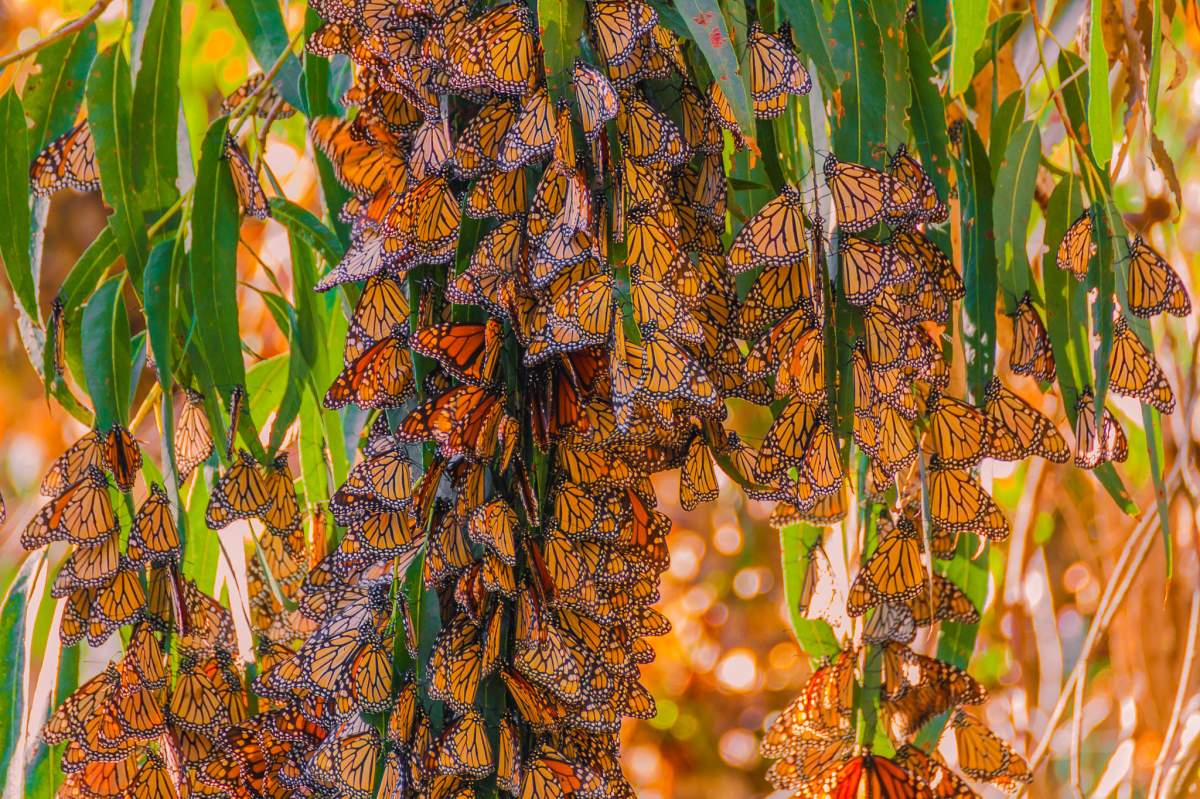
Avocados are so delicious, and very trendy in the United States at the moment. It seems like everyone is taking photos of their avocado toast or finding interesting ways to incorporate the delicious berry (yes, avocados are actually fruit) into new and exciting recipes. Unfortunately, the increased demand for avocados could soon start affecting Monarch butterflies.
The Mexican state of Michoacán is a stop on the migration route for many monarchs. They rest in the state's oyamel (fir) forests which have a buffer zone of oak and pine forests. Since the demand for avocados is getting higher, more farmers are planting avocado orchards, and cutting down those oak and pine forests in the process.
While the butterflies don't roost in the oak and pine trees, those forests are necessary because they keep the area where the monarchs roost cooler. The air coming in from Michoacán's western plains is warm; the oak and pine forests cool it down before it reaches the oyamel forest in the center.
The Just Right Forests
The oyamel forests are cool enough for the butterflies to stay in something called reproductive diapause: which means their reproductive organs are put on pause so they won't mate or lay eggs in winter. But the trees also provide shelter from too much cold and protection from predators.
Why can't the avocados be planted elsewhere, somewhere that won't affect the Monarch butterflies? Because currently, Michoacán is the only state in Mexico authorized to sell and import avocados to the United States. For many, the incentives of selling avocados outweighs the potential damage to the butterfly population.
Sources And Further Reading:
- "Monarch Butterfly." Official Web page of the U S Fish and Wildlife Service. Accessed March 01, 2017.
- Burnett, Victoria. "Avocados Imperil Monarch Butterflies' Winter Home in Mexico." The New York Times. November 17, 2016. Accessed March 01, 2017.
- Khazan, Olga. "The Selling of the Avocado." The Atlantic. January 31, 2015. Accessed March 01, 2017.
- "Monarch butterfly." WWF. Accessed March 01, 2017.









